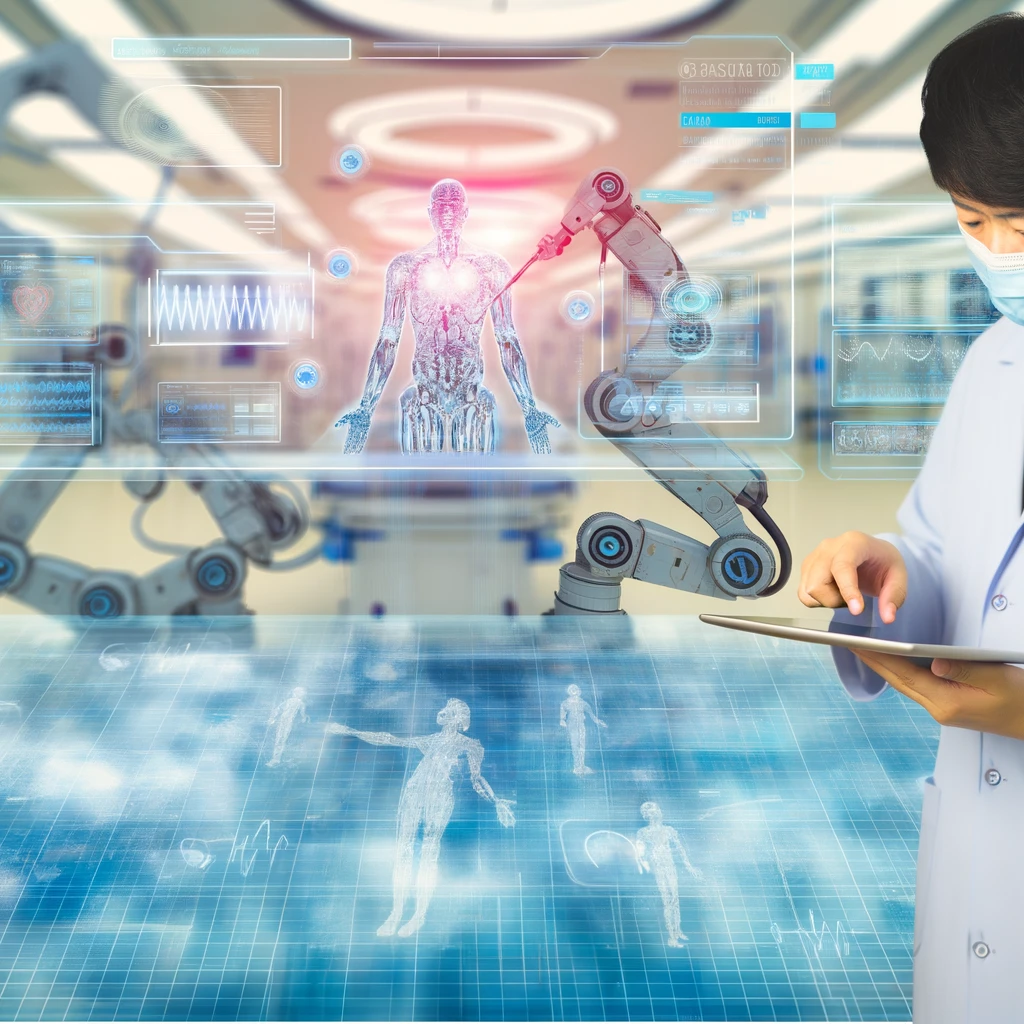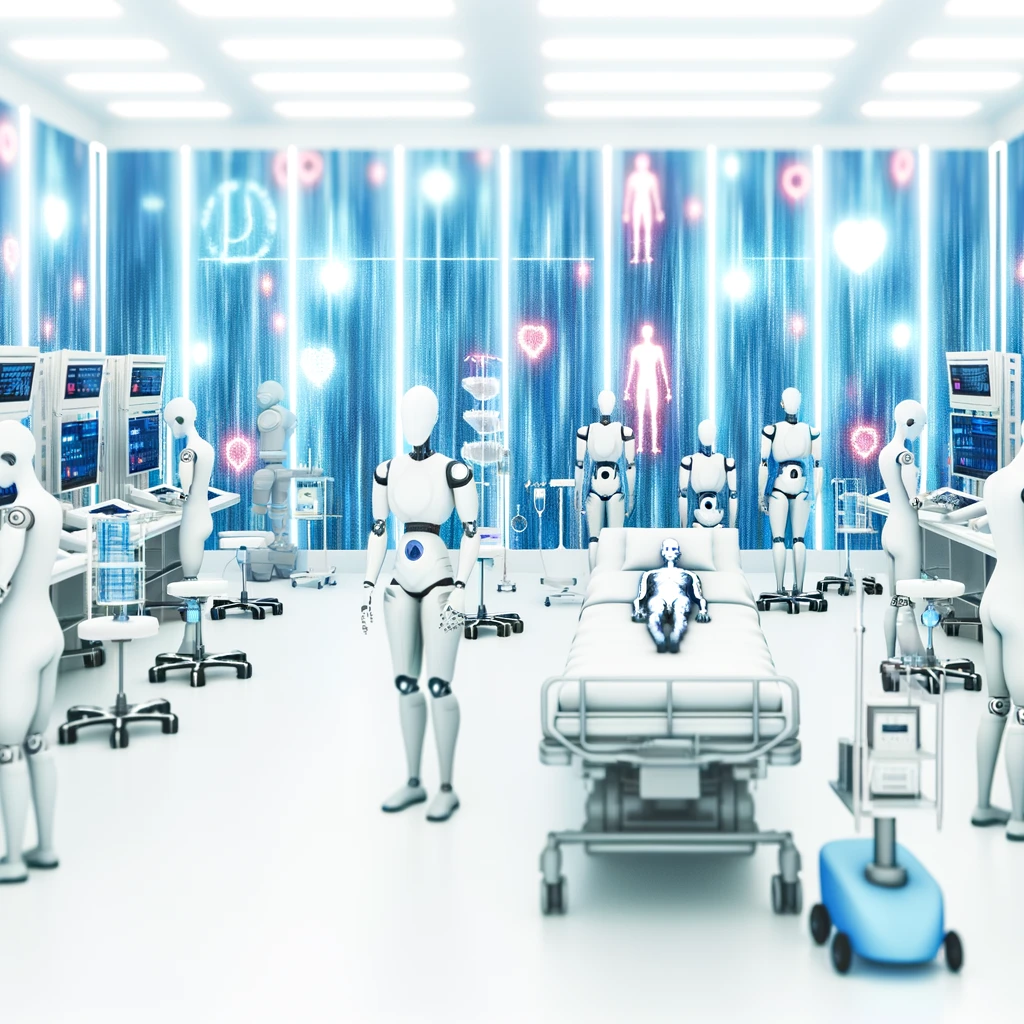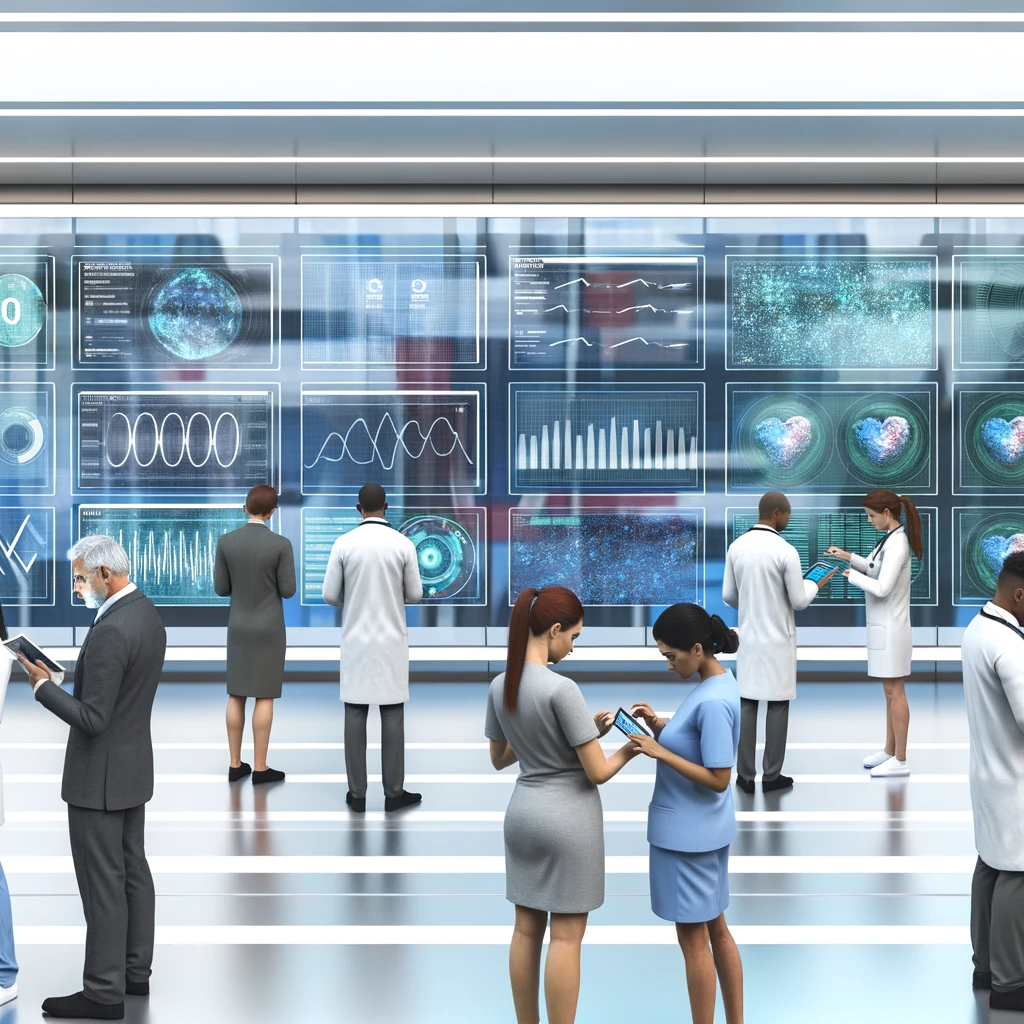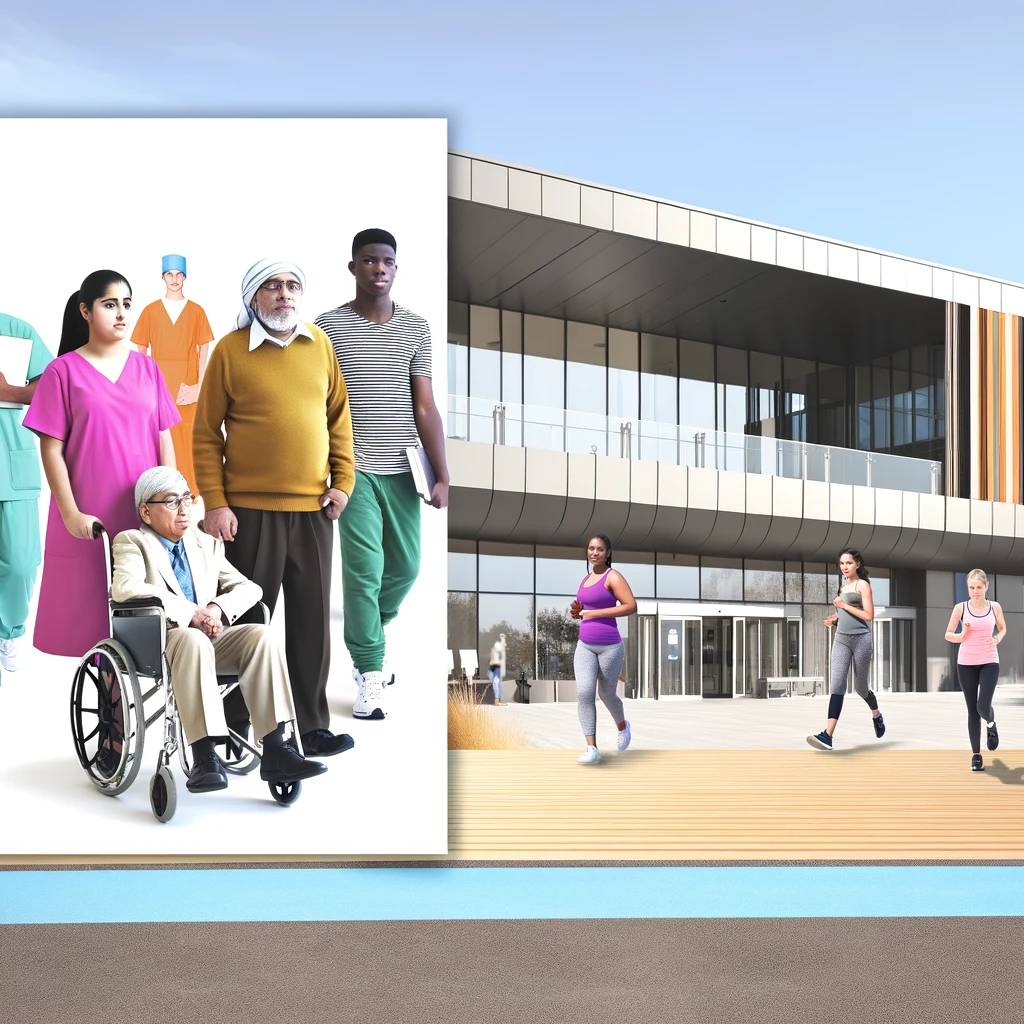
The Digital Backbone: How IT Infrastructure is Transforming Healthcare
In the modern era, healthcare is undergoing a transformative shift, largely driven by advancements in IT infrastructure. As healthcare providers strive to deliver better patient outcomes, the integration of robust IT systems has become indispensable. This article delves into the pivotal role that IT infrastructure plays in revolutionizing healthcare, enhancing efficiency, and improving patient care.
The Evolution of IT Infrastructure in Healthcare
Over the past decade, the healthcare industry has witnessed a significant evolution in IT infrastructure. Initially, the focus was on digitizing paper records, but today, the scope has expanded to include sophisticated technologies like cloud computing, big data analytics, and artificial intelligence. These advancements have laid the foundation for a more connected and efficient healthcare system.
Electronic Health Records (EHRs)
One of the most profound impacts of IT infrastructure in healthcare is the widespread adoption of Electronic Health Records (EHRs). EHRs have replaced traditional paper records, providing healthcare professionals with real-time access to patient information. This seamless access to data enhances decision-making, reduces errors, and ultimately leads to better patient outcomes.
Cloud Computing
Cloud computing has emerged as a game-changer in healthcare. By leveraging cloud-based solutions, healthcare organizations can store vast amounts of data securely and access it from anywhere. This flexibility not only reduces infrastructure costs but also facilitates collaboration among healthcare professionals, ensuring that patient information is readily available for timely interventions.
The Role of Big Data and Analytics
Big data analytics is another critical component of modern IT infrastructure in healthcare. By analyzing large volumes of data, healthcare providers can identify trends, predict outbreaks, and personalize patient care. This data-driven approach leads to more accurate diagnoses and effective treatment plans.
Predictive Analytics
Predictive analytics uses historical data to forecast future healthcare trends. For instance, by analyzing patient data, healthcare providers can anticipate potential health issues and intervene proactively. This proactive approach is instrumental in managing chronic diseases and reducing hospital readmissions.
Personalized Medicine
Personalized medicine, powered by big data, is revolutionizing the way treatments are prescribed. By analyzing genetic information, healthcare professionals can tailor treatments to individual patients, increasing the efficacy of therapies and reducing adverse effects.
Artificial Intelligence in Healthcare
Artificial Intelligence (AI) is rapidly transforming healthcare by automating processes and enhancing diagnostic accuracy. AI-powered tools can analyze complex medical images, assist in surgery, and even predict patient outcomes.
AI in Diagnostics
AI algorithms are now capable of interpreting medical images with remarkable accuracy. For example, AI systems can analyze radiology images to detect anomalies that might be missed by the human eye. This capability not only speeds up the diagnostic process but also improves the accuracy of diagnoses.
Robotics in Surgery
Robotic surgery systems, driven by AI, are enhancing the precision of surgical procedures. These systems assist surgeons by providing detailed 3D imagery and executing highly precise movements, leading to reduced recovery times and improved surgical outcomes.
Challenges and Future Directions
Despite the significant advancements in IT infrastructure, the healthcare industry faces several challenges. Data security and privacy concerns remain paramount, as healthcare data is highly sensitive. Additionally, the integration of new technologies requires substantial investment and training.
Looking ahead, the future of healthcare IT infrastructure promises even more groundbreaking innovations. As technologies like blockchain, IoT, and quantum computing continue to evolve, they will further enhance the efficiency and effectiveness of healthcare delivery.
Conclusion
In conclusion, IT infrastructure is undeniably the backbone of modern healthcare. By embracing digital transformation, healthcare providers can improve patient care, reduce costs, and enhance operational efficiency. As we move forward, the continued evolution of IT infrastructure will undoubtedly lead to a healthier world.
Related Articles





